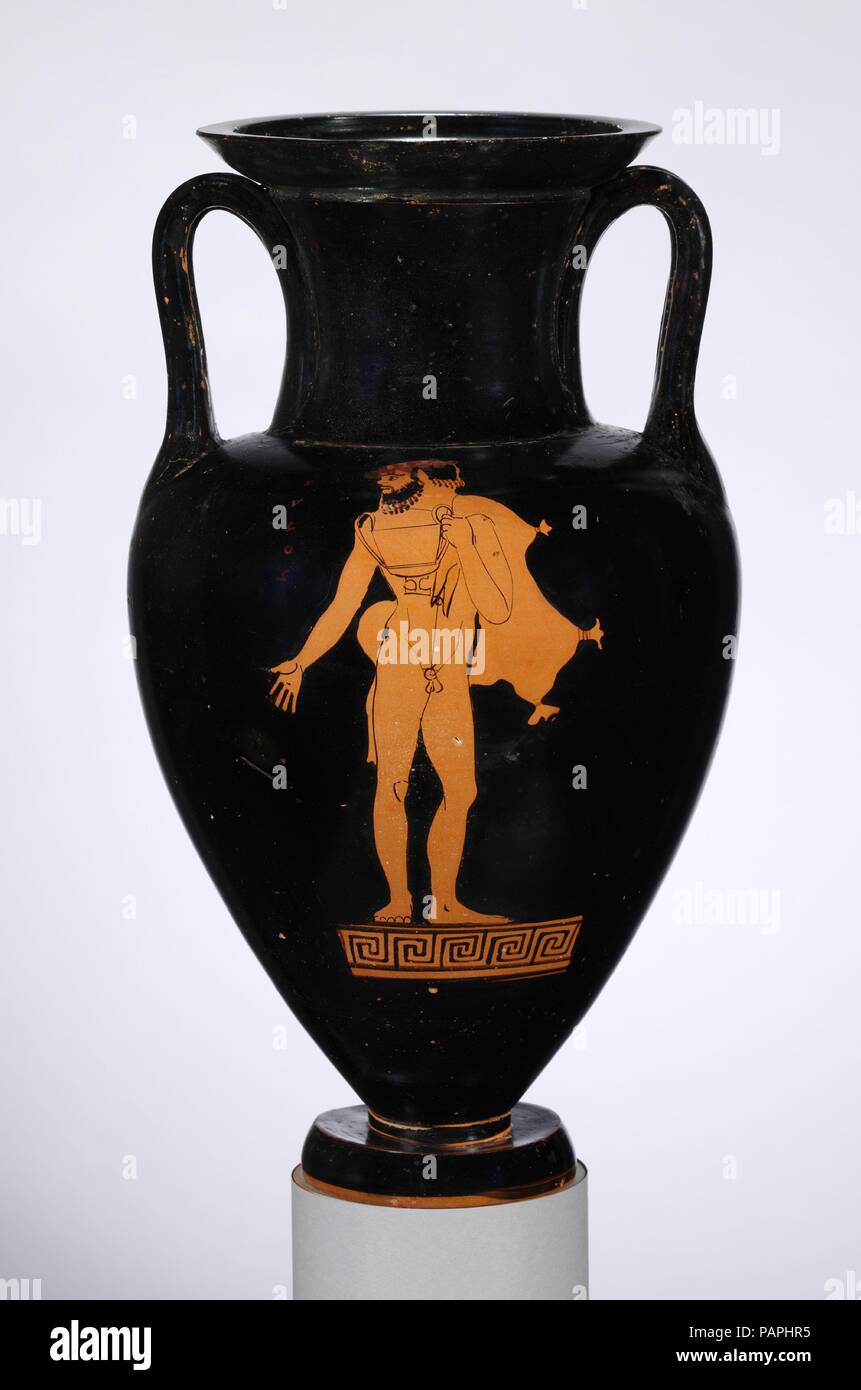
In the Satires of Varro (1st century BC), he jokes about the meal without wine, calling it “ prandium caninum“, the dogs’ meal (who certainly do not drink wine).Īrriviamo quindi all’epoca Imperiale, con gli eccessi celebrati nei tanti film in toga, dei quali Plinio dice di vergognarsi anche dal riferire. The consumption of wine became common for all the meals. Over time, however, the production of wine increased more and more, arriving at large productions of low quality wine for the masses and a small elite of refined wines for the rich, and the customs became less and less severe. For example, the judicial chronicles report the case of a woman who was fined by the judge, with the loss of her dowry, because she had secretly drunk more wine “than was deemed necessary for the health”. Later in the history of Rome, women no longer risked their lives just for a little wine, but only a moderate consumption was socially accepted for the respectable ladies. In the time of Romulus, Egnatius Mecenius killed his wife with stick for drinking wine and was even praised for the “exemplary punishment”.

Wine was associated with the loss of control, hence the risk of adultery on the part of the wife. The strict customs of ancient Rome forbade wine to women. Seneca says that the ancestors usually allowed themselves a little wine only at the end of the meal and considered those who drank it during the meal as glutton. Later and thanks to theproduction expansion, it will be introduced more and more in common meals.

the wine was a luxury item for the most ancient Romans, reserved almost exclusively for banquets, for social and religious events. In the most ancient times, the wine was not abundant, both because the production was still limited, and because of the more rigid climate (see here the climatic changes of the Roman era). However, there has been a great evolution over the centuries. True or not, Anthony is remembered yet today as a drunkard. For example, Octavian often accused Mark Anthony of loving wine too much, using this weapon to discredit him politically. The vice of drunkenness, called temulentia (from temetum the oldest word for wine in Etruscan and Latin) was rather frowned upon socially. The excesses of some rich people were certainly not the norm. The only exceptions, like today, were the parties, the banquets. The prevailing culture was that which, more or less, remained in Italy: the wine was drunk almost exclusively with meals and without exaggerating, always diluted with water (to dilute the high alcoholic strength of the time). In fact, it is true that wine was consumed a lot in Roman times, but generally in a sober way. In our imagination we often associate Roman wine with banquets, with drunks in togas who puked their brains, due to many films or other representations that exalt the vices of the ancient world. Roberto Bompiani, end of XIX sec., “A Roman party”


 0 kommentar(er)
0 kommentar(er)
